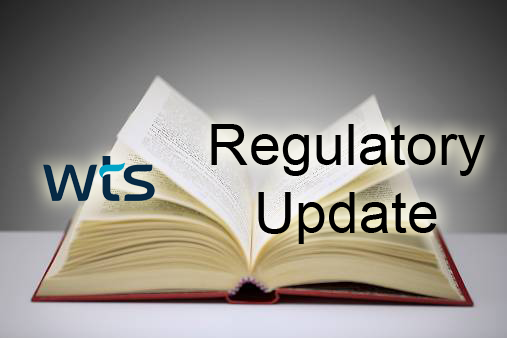Less String Provisions Details
Allows VSQGs and SQGs to exceed waste generation quantities in certain instances (Episodic Generation)
- An episodic event is an activity that does not normally occur and results in an increase in the hazardous waste generator status. The event can be planned such as a laboratory cleanout, inventory reduction, etc. or unplanned such as a spill, release, etc. Prior to this new rule, if a facility generated a quantity of hazardous waste in a calendar month above its status threshold it had to comply with the requirements of the next higher generator status for the remainder of that calendar month and for as long as the excess hazardous waste accumulated on-site. More flexibility has been added through this rule that allows for no change to their generator status as long as the following conditions are met:
- Generator is limited to one episodic event per calendar year with ability to petition for a second event. If first event is planned, the petition for a 2nd event must be for an unplanned event or vice versa.
- For a planned event, the Generator must notify EPA no less than 30 calendar days prior to initiating a planned event using EPA form 8700-12.
- In the case of an unplanned episodic event, the Generator must notify EPA within 72 hours via phone, email, or fax and subsequently submit EPA Form 8700-12.
- Whether the episodic event is planned or unplanned, the Generator has no more than sixty (60) calendar days – including weekends – from the start of the episodic event to the date the waste must be shipped off-site.
- Waste must be accumulated in either containers or tanks.
- Containers must be managed per the regulations of an SQG and must be marked as Episodic Hazardous Waste.
- Additional Requirements For SQG’s:
- SQG must maintain the following records for three (3) years from the end date of the episodic event:
- Beginning and end date of the episodic event.
- A description of the episodic event.
- A description of the types and quantities of hazardous waste generated during the episodic event.
- A description of how the hazardous waste was managed during the episodic event.
- The name of the designated facility that received the hazardous waste.
- The name(s) of the hazardous waste transporters used.
- An approval letter from EPA if the hazardous waste was generated by a second episodic event during the calendar year.
- Additional Requirements For VSQG’s:
- Obtain RCRA identification number.
- Use hazardous waste manifest and transporter to send episodic waste to RCRA-designated facility (TSDF or recycler).
- Manage the episodic hazardous waste in a manner that minimizes the possibility of an accident or release.
- Label episodic waste containers.
- Identify an emergency coordinator.
- Maintain records associated with episodic event.
- Allows VSQG sites to ship their hazardous wastes to LQGs owned by the same person.
- Both the LQG and VSQG must be under the “control” of the same “person” as defined by RCRA, roughly interpreted as under the same ownership and having the power to direct policies at the facility.
- Marks and labels waste containers with “Hazardous Waste” and hazards.
- VSQG can ship to the LQG without a HW manifest.
- LQG Notifies state on Site ID Form that it is participating in this activity and identifies which VSQGs are participating
- LQG then must manage it as part of their inventory: accumulation, prep for transport, counts towards biennial reporting, etc.
- Reminder that if the activity crosses state lines, all states must have adopted the rule and this less stringent provision.
- 50 Foot Waiver
- Currently, at LQG locations, containers holding ignitable or reactive waste must be located at least 15 meters (50 feet) from the facility’s property line. The rule now allows that there is an option for LQGs to accumulate ignitable and reactive hazardous waste within 15 meters (50 feet) from the facility’s property line if approval is granted by the authority having jurisdiction over the fire code within the facility’s state or locality.

